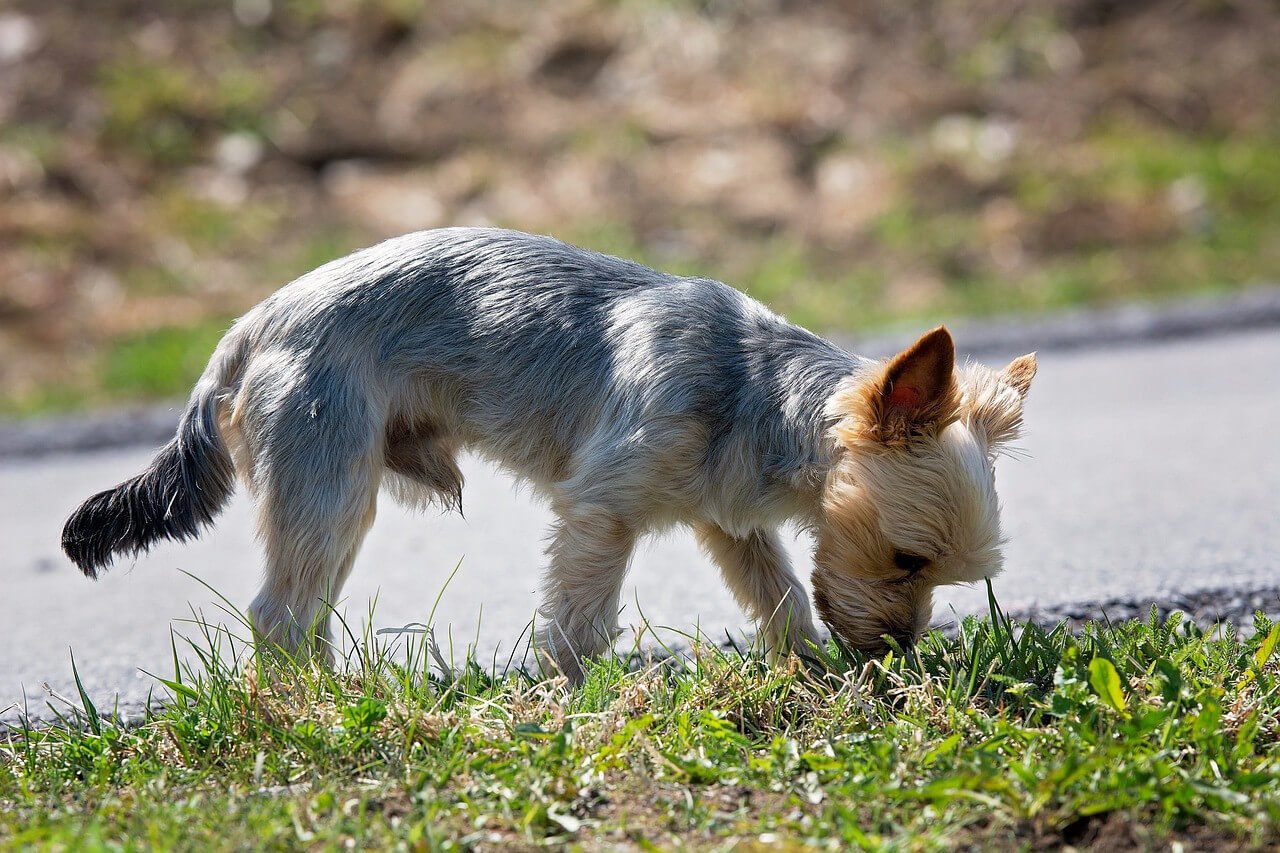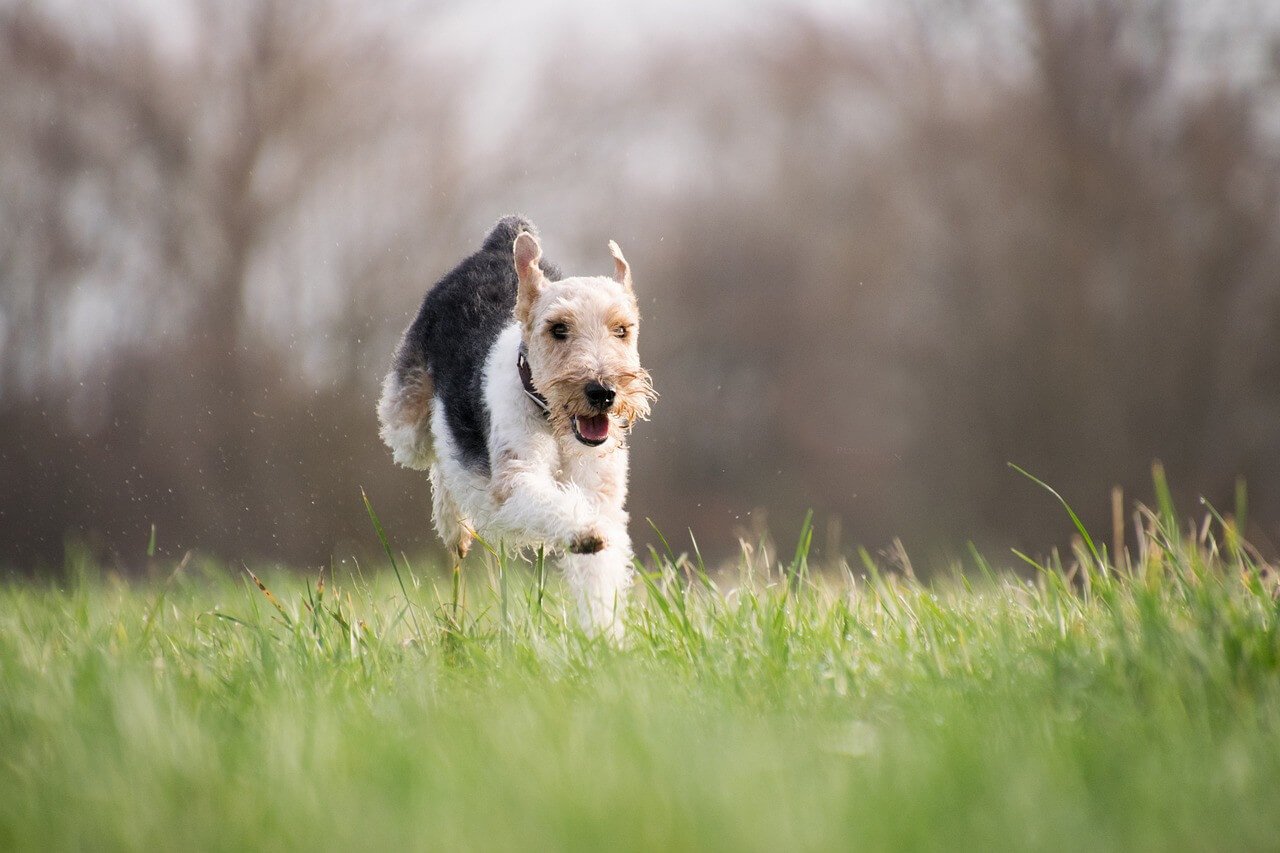Have you ever spent a leisurely afternoon simply observing your dog, only to find them engaged in a seemingly endless pursuit of their own tail? This quirky and endearing behavior leaves many pet owners baffled and filled with questions. In the world where every wag, bark, and tail-chase is a form of canine communication, it's crucial to unravel the mystery behind these actions. This guide is not just a deep dive into the world of tail-chasing; it’s a journey into understanding your dog's health and behavior more intricately. It's time to embark on this exploration, keeping your pet's well-being at the forefront. Let’s understand the world from their eyes, unraveling the reasons for tail-chasing and offering insights into managing and interpreting this behavior.
A robust understanding of your dog’s health lays the foundation for addressing any unusual behavior. So, before you chuckle at your dog’s tail-chasing antics, take a moment to explore the comprehensive guide on dog health to ensure that beneath that playful exterior lies a healthy and happy pet.
Overview of Tail-Chasing
In this whirl of fur and fun, it's essential to pause and consider what's happening when your dog chases its tail. Is it mere playfulness, or is there more lurking beneath the surface? The tail-chasing spectacle is a blend of behavioral and physical elements, each telling its own tale.
Understanding Tail-Chasing
Tail-chasing can be a dog's joyful expression, a burst of energy released in circling merriment. Puppies especially are known for this, discovering their tails as they explore the world around them. But not all tail chasing is about play. For some dogs, it's a call for attention, a sign of anxiety, or even a medical issue. This is where a keen understanding of dog body language comes into play.
Dog Body Language
A wagging tail speaks a language of its own, and so does a chasing tail. Observing the frequency, speed, and context of tail-chasing provides insights into your dog's emotional state. Does your pooch chase its tail more when strangers are around? Or is it a solitary activity, a quiet-time engagement? Unveiling these aspects equips you with the knowledge to ensure your dog’s emotional and physical well-being, helping to address any issues early on.
Context Matters
Understanding the context of tail-chasing is crucial. Occasional chasing is generally harmless, but excessive or obsessive chasing signals underlying issues. The context will give you clues. Is it after a stressful event? Is it accompanied by other unusual behaviors? Your observations are vital in understanding and addressing your dog's tail-chasing.
Medical Reasons
As we journey further into the whirl of tail-chasing, it’s essential to address the medical aspects that might be propelling this behavior. Sometimes the tail-chase is more than just a game or a call for attention; it might be your dog signaling discomfort or health issues.
Allergies or Dermatological Issues
A consistent chase and bite at the tail can indicate allergies or skin issues. The tail area is a common spot for irritations, and your pet might be trying to alleviate itching or discomfort through chasing and biting.
Neurological Problems
Frequent and obsessive tail-chasing can sometimes be a sign of neurological problems. It’s essential to consult a vet to rule out any such issues, ensuring your dog’s complete health and happiness.
Dietary Concerns
An unexpected angle is dietary concerns. If your dog is not eating well or facing digestive issues, the discomfort can manifest as restlessness, exhibited through tail-chasing. It's paramount to ensure a balanced diet for your pet and observe any changes in eating habits. If your furry friend is facing dietary issues, explore more on why is my dog not eating.
Observing and Addressing Issues
Observing your dog’s behavior and ensuring they are physically comfortable and healthy is key to addressing and preventing excessive tail-chasing. Regular check-ups and timely medical attention ensure your pet remains in the peak of health, with their tail-chasing reserved for playful moments.
Prevention and Treatment
Navigating through the layers of tail-chasing, it’s now time to discuss prevention and treatment. Understanding the possible reasons for this behavior provides the foundation for addressing it effectively. Here's how to tackle and prevent excessive tail-chasing in dogs:
When to Consult a Vet
Regular observations of your dog’s behavior are essential. If tail-chasing becomes frequent, aggressive, or is causing harm to your dog, it's time to seek veterinary advice. Early intervention can prevent further issues and ensure your dog’s well-being.
Possible Treatments
Various treatments can be administered, based on the root cause of tail-chasing. It can range from behavioral training and environmental modifications to medical treatments for underlying health issues. Your vet will be the best guide to providing appropriate treatment.
Tips for Prevention
Prevention is always better than cure. Ensuring your dog has ample physical activity, a balanced diet, and a stress-free environment can significantly minimize tail-chasing. For their comfort, learn how to choose a dog bed or consider a calming dog bed to ensure they have a peaceful and comfortable resting space. Proper oral health maintenance is also crucial, so make sure to explore how to brush your dog’s teeth.
Conclusion
In the spinning world of tail-chasing, it's essential to keep a steady eye on your furry friend, ensuring their spins are all in good fun. Understanding the multifaceted reasons behind tail-chasing – be it psychological, attention-seeking, or health-related – allows you to be attuned to your dog’s needs and well-being. Your observations and timely interventions will ensure that tail-chasing remains a harmless quirk, rather than a signal of underlying issues.
Reference: https://www.akc.org/expert-advice/advice/why-do-dogs-chase-their-tail/








